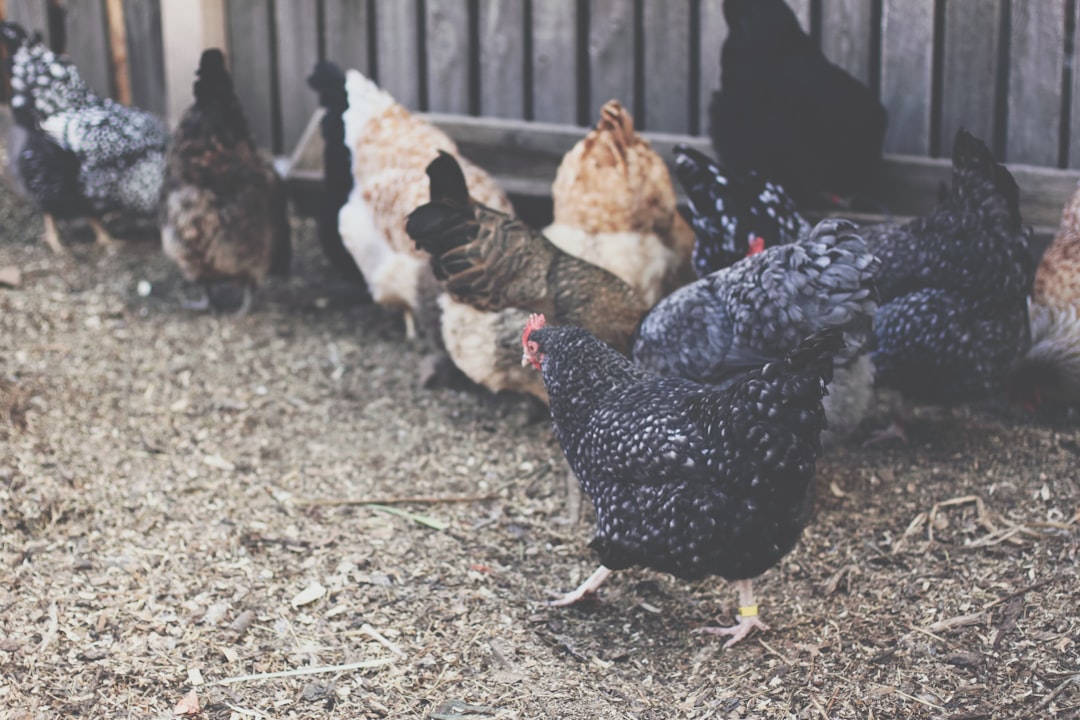Antimicrobial resistance (AMR) is a pressing global concern that affects all sectors of society, including poultry production. The misuse of antimicrobials in poultry farming has contributed significantly to the development and spread of resistant bacteria, posing serious risks to human health and the sustainability of the food system. Here’s a comprehensive overview of the global concerns surrounding AMR in poultry production and strategies for its reduction.
1. Global Concerns: The Rise of AMR
The increasing demand for poultry products has led to intensified farming practices, often involving the excessive use of antimicrobials. This has resulted in a significant rise in AMR, with bacteria becoming resistant to commonly used antibiotics.
-
Public Health Impact: AMR poses a major threat to public health by limiting the effectiveness of treatments for bacterial infections in humans. The spread of resistant bacteria from animals to humans through the food chain is a significant concern.
-
Economic and Environmental Implications: The economic burden of AMR is substantial, with increased healthcare costs and potential losses in agricultural productivity. Additionally, the environmental impact of AMR is becoming more apparent, as resistant bacteria can persist in ecosystems.
2. Strategies for Reducing AMR in Poultry Production
Several strategies are being implemented to reduce AMR in poultry farming:
-
Biosecurity Measures: Improving farm biosecurity is crucial for reducing the transmission of resistant bacteria. This includes proper waste disposal, enhanced ventilation, and restricted access to farms.
-
Vaccination Programs: Vaccines can help control bacterial diseases, reducing the need for antibiotics. Developing vaccines against bacterial pathogens is a promising area of research.
-
Alternative Therapies: Novel approaches such as bacteriophages and antimicrobial peptides offer alternatives to traditional antibiotics. These methods can effectively control bacterial infections without contributing to AMR.
-
Regulatory Policies: Governments have implemented policies to restrict the use of antimicrobials for growth promotion. For example, the EU banned such practices in 2006, followed by similar actions in the U.S. in 2017.
3. Organic vs. Conventional Farming
Comparative studies suggest that organic farming practices may have lower AMR prevalence compared to conventional systems. Organic farms typically avoid the use of synthetic antimicrobials, relying on natural methods to maintain animal health.
-
Organic Farming Benefits: Organic systems often emphasize better animal husbandry practices, which can reduce the need for antibiotics. However, regulatory variations across countries affect the consistency of these benefits.
-
Challenges and Opportunities: While organic farming shows promise in reducing AMR, it faces challenges such as higher production costs and limited scalability. Addressing these challenges could provide opportunities for expanding sustainable practices.
4. Global Collaboration and Future Directions
Addressing AMR requires a collaborative effort across human, animal, and environmental health sectors. International cooperation is essential for developing and implementing effective strategies to mitigate AMR.
-
One Health Approach: The One Health framework recognizes the interconnectedness of human, animal, and environmental health. This approach is crucial for developing comprehensive solutions to AMR.
-
Technological Innovations: Ongoing research into new antimicrobial technologies and alternative health management strategies will be vital for reducing reliance on traditional antibiotics.
Conclusion
Antimicrobial resistance in poultry production is a critical issue that demands immediate attention and action. By implementing robust biosecurity measures, promoting alternative therapies, and enforcing regulatory policies, the poultry industry can significantly reduce its contribution to AMR. As global demand for poultry products continues to rise, adopting sustainable and responsible practices will be essential for ensuring both public health and the long-term viability of the industry.
Citations:
- https://icars-global.org/wp-content/uploads/2023/08/CRJ_atricle.pdf
- https://www.mdpi.com/2076-2607/11/4/953
- https://www.nature.com/articles/s41598-023-47862-7
- https://ec.europa.eu/eip/agriculture/sites/default/files/eip-agri_factsheet_reducing_antimicrobials_poultry_2021_en.pdf
- https://www.frontiersin.org/journals/veterinary-science/articles/10.3389/fvets.2023.1189109/full
- https://pmc.ncbi.nlm.nih.gov/articles/PMC6850639/
- https://pmc.ncbi.nlm.nih.gov/articles/PMC10141167/
- https://academic.oup.com/jac/article/79/1/11/7405361
- https://pubmed.ncbi.nlm.nih.gov/34775576/

Comments
No comments yet. Be the first to comment!
You must be logged in to comment. Login